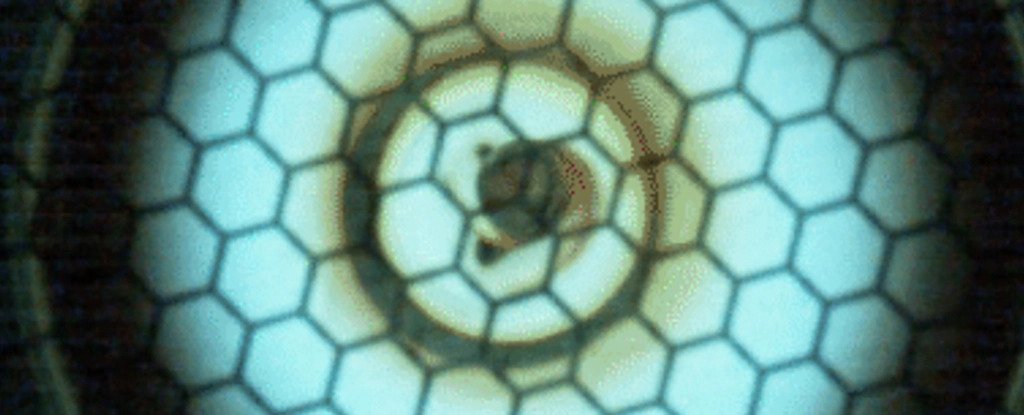With the help of sound waves, scientists could give a glass ball with plasma with gravity, like a real Sun. Thus, they are trying to create a model to study the magnetic fields and convection of our sun.

Glass ball with plasma
Scientists at the University of California in Los Angeles were able to turn a spherical flask with plasma into a semblance of a real Sun. They have been looking for a way to simulate our luminary on earth for a long time and, finally, they succeeded.
The glass ball has a diameter of only 3 cm. It was not too difficult to heat the gas in it to 2760 °C. But the reproduction of everything that happens to our luminary is prevented by gravity. On Earth, it is directed downward, but should attract everything to the center of the star.
But it was possible to solve this problem thanks to powerful high-frequency waves. They made the earth’s gravity imperceptible in a tiny glass ball and gave the substance inside it something similar to gravity.
Tiny Sun
The reason why scientists reproduce the Sun so carefully in the laboratory is that many of the processes observed on it are still poorly amenable to numerical modeling.
In particular, this concerns the processes associated with plasma convection. Just like inside a real star, the hottest zone with a tiny Sun is its center. This is where the plasma flows coming to the surface come from. However, rather quickly under the influence of gravity they return to its center.
More importantly, the moving plasma has its own charge. As a consequence, the tiny Sun demonstrates a constant change in electromagnetic fields. There are even flares on its surface, very similar to what occasionally causes magnetic storms on Earth.
Scientists hope that the results obtained can be used to model other processes. The ability to simulate gravity in plasma using sound will be useful in many other studies.
According to www.sciencealert.com
Follow us on Twitter to get the most interesting space news in time
https://twitter.com/ust_magazine
